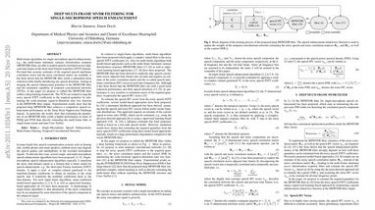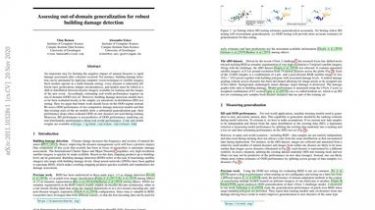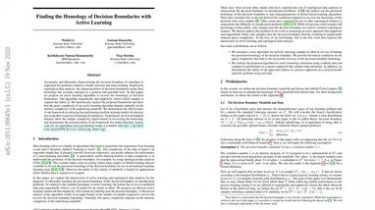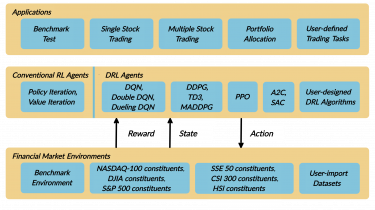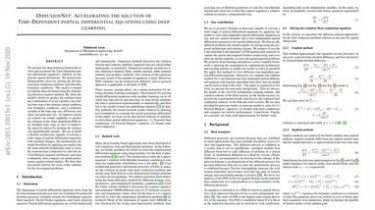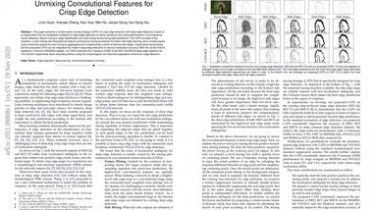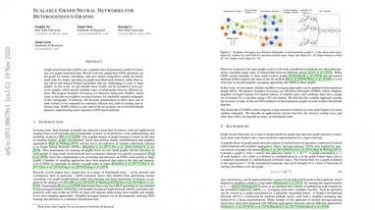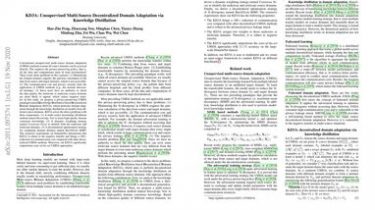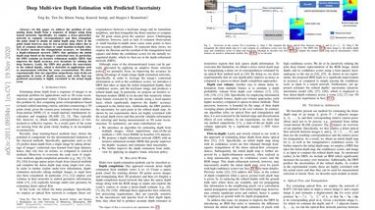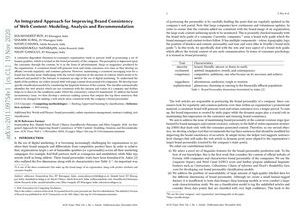Deep Multi-Frame MVDR Filtering for Single-Microphone Speech Enhancement
Multi-frame algorithms for single-microphone speech enhancement, e.g., the multi-frame minimum variance distortionless response (MFMVDR) filter, are able to exploit speech correlation across adjacent time frames in the short-time Fourier transform (STFT) domain. Provided that accurate estimates of the required speech interframe correlation vector and the noise correlation matrix are available, it has been shown that the MFMVDR filter yields a substantial noise reduction while hardly introducing any speech distortion… Aiming at merging the speech enhancement potential of the MFMVDR filter […]
Read more